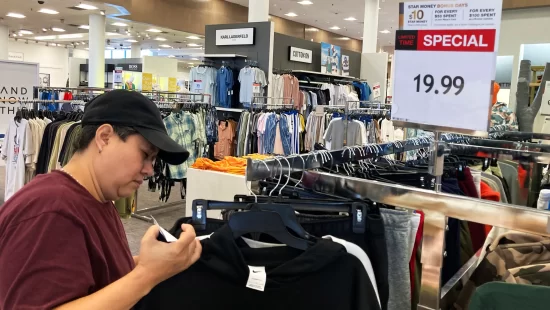It’s all about the news: the Epstein files scandals, the cries accusing Donald Trump of being a pedophile and so many things that social media leave us.
It is time for each family to implement a plan and execute it at the mental health and social level.
Here a little about the topic.
Sex trafficking can happen at any age. Our study with teen girls revealed there is a critical window of time to talk with your child about sex trafficking before their risk factors increase.
1. We also learned that talking to children about sex trafficking can have a big impact on the decisions they make.
2. The more they know about it, the more they can protect themselves and their friends who may be vulnerable.
Instead of waiting for a problem to present itself, we’ve outlined some ways you can be proactive.
Step by step
1. It may be helpful to first gain an understanding of the basics of sex trafficking with our Sex trafficking 101 section.
2. You can use this downloadable postcard (PDF) to start the conversation with your child. You don’t need to cover this all at once. It’s an ongoing conversation.
3. Finally, below are some tips on how to start talking about sex trafficking with your child. This information is also available in the form of a downloadable caregiver guide (PDF).
Define and explain trafficking
Our research with teen girls shows they protect themselves more when they are familiar with what sex trafficking is.3
It’s important to help your child understand what it means and be able to describe it. This is a definition students have found easy to grasp during Covenant House school presentations:
Sex trafficking is when a person is lured, tricked or manipulated to sell their body for sex to make money for someone else.
Describe the warning signs
Many survivors told us they did not understand what was happening to them. Talk to your children about how and where trafficking happens and how to recognize the warning signs. It’s about making them aware, not afraid.
Teach them to trust their gut
It’s easy to ignore the signs, so it’s important to teach your children to trust their instincts. If something doesn’t feel right, it probably isn’t. Help them watch out for their friends too. It’s often much easier to spot the signs of sex trafficking with a friend.
Explain healthy relationships
Survivors told us that not knowing the characteristics of a healthy relationship made them vulnerable to being lured into trafficking. We also know that victims often get recruited by someone they know, either a boyfriend, friend or acquaintance.4
Talk with your children about consent, safety, setting boundaries and the signs of a healthy relationship such as:
Respect
Honesty
Trust
Equality
Open communication
Create a safety plan
A safety plan helps empower young people with tools they can use to protect themselves. This may include identifying trusted adults, using a code word and practicing online safety. Learn more about creating a safety plan and online safety with your child.
Encourage them to reach out for help
I guess I was embarrassed and I was very stubborn so I don’t know if I would have reached out for help.5
~ Survivor, Covenant House Prevention Study with Teen Girls and Survivors
Survivors told us they did not know where to get help or were too afraid to ask. Let your child know:
Sex trafficking is never their fault.
It’s okay to ask for help.
They can come to you any time, even if they have “broken a rule.”
There are other trusted adults or community supports that can help too.








